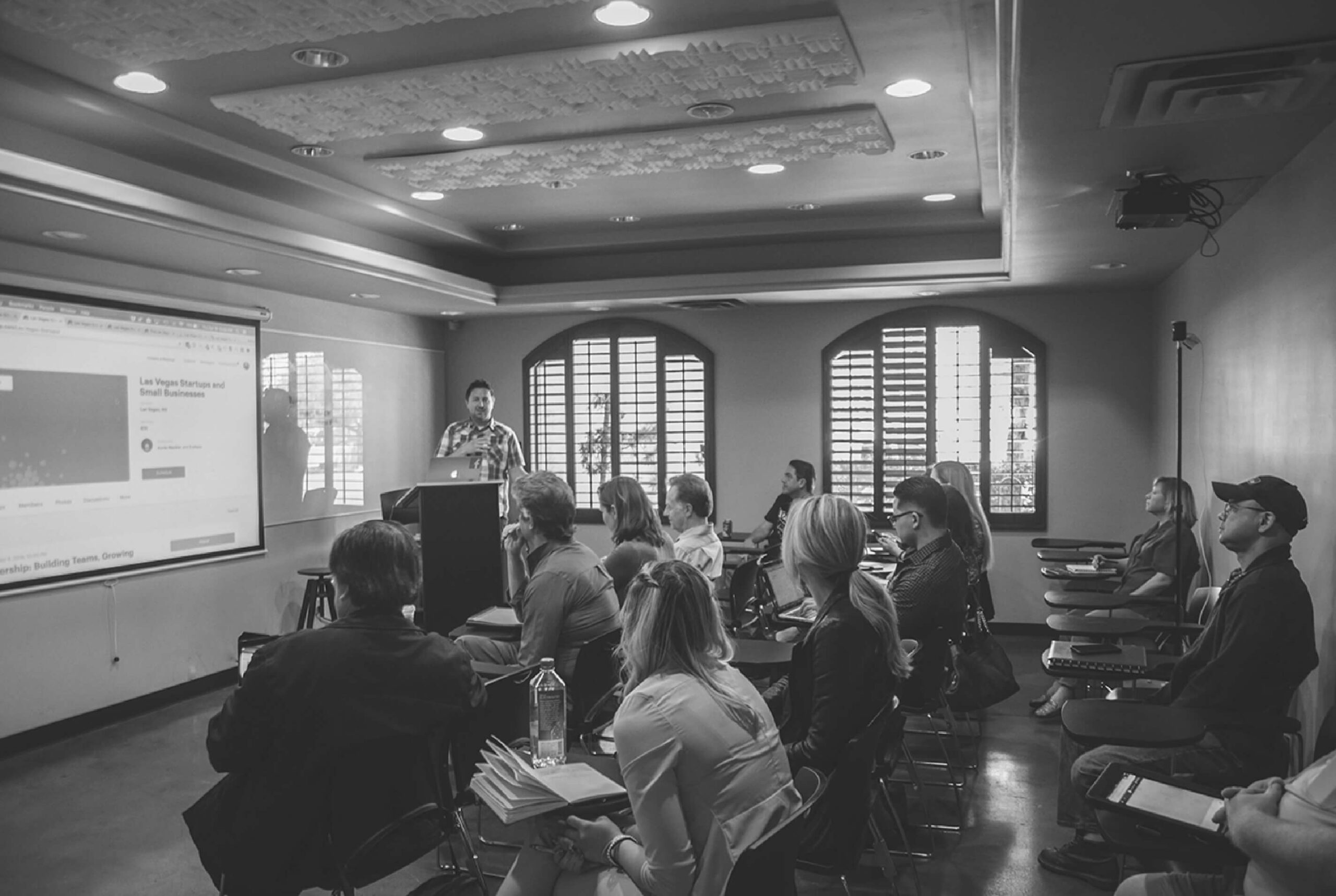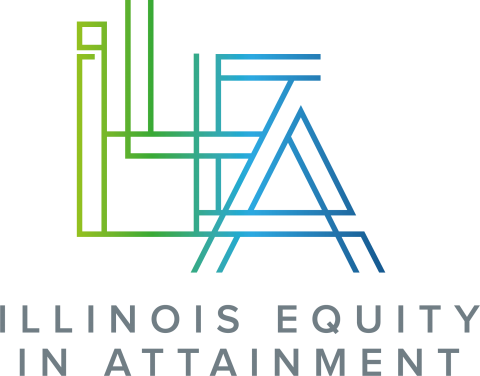Dear ILEA Partners,
It has been wonderful to see your faces onscreen at our virtual events this fall. Thank you for continuing to prioritize the equity work on your campuses in ways that will strengthen your institutions economically and academically, as places of excellence in which to study, work, and grow.
The year 2020 has been a year of considerable challenge, but we have also discovered many pleasant surprises in our work together. As you have demonstrated, we found that it is possible to continue to build community with all of you, engage in important dialogues, and deliver effective online programming on various equity topics that can increase capacity for this work on your teams. As always, the resources produced by our team have been created in direct response to feedback and requests we receive from you. We thank you for taking the time to share your feedback and reach out to us with individual requests. We continue to value this engagement with you to better target our programming and to ensure its ongoing relevance to your most pressing needs.
As our ILEA institutional research colleagues finalize the submission of baseline data to the NSC PDP and your teams gain access to your dashboards, the PCC team is busy creating opportunities to support you in building data capacity in the coming year. We recognize that on this measure, as with many others, ILEA teams are in different places on the journey to democratizing disaggregated data throughout the institutional decision-making process.
As you consider institutional data, ask yourself these questions:
- Do you regularly share disaggregated data across your institution with various stakeholders (faculty, staff, students)?
- Does your leadership team or department regularly use disaggregated data to make decisions?
- Does your team or department regularly use disaggregated data to evaluate the impact of decisions/equity strategies?
- Do you closely examine data for ILEA equity populations (Black students, Latinx students, and students who are Pell recipients)?
If the answer is ‘no’ to any of these questions – what is your plan to get to that point? Additionally, do you regularly collect qualitative data to supplement and provide context to quantitative data?Finally, do you provide opportunities for your team to consider this data and make sense of it? All of these are critical components to building a strong data culture within your institutions.
Though we are all working to impact graduation rates, these measures are lagging indicators. Lagging indicators provide us with a look back at the cumulative experience of students within our institutions. As we collectively implement strategies to eliminate inequities in degree completion by race, ethnicity, and Pell status, the regular use of leading indicators will be a critical tool to get us there.
Leading indicators or early momentum metrics:
- provide timely, just-in-time data
- are shorter term measures
- are actionable metrics that are close to practice
- are a form of early alert
- have predictive power, research has shown
- allow us to test hypotheses and move the equity needle
- are formative
- are easier to control
As your teams become familiar with the NSC PDP dashboards – which may look different from some of the institutional data you are used to reviewing because it includes all full-time, part-time, first-time, not first-time student – regardless of when they entered your institution – you can identify the leading indicators that are available to you. These include: first year enrollment, credit accumulation rate, credit completion ratio, gateway course completion, persistence and retention, degree completion, and time to degree as well as the ability to disaggregate by race and first-generation. There is also the ability to benchmark these measures against peer institutions.
We look forward to continuing the data conversation with you through our upcoming data capacity-building opportunities that will be announced next month. These workshops, presentations, and courses will be designed for teams at different points in their development and your participation will be optional.
The New Year will also bring new programming in other areas, tools and resources for use on your campuses, opportunities for collaboration across ILEA colleges and universities, and targeted individual supports. We look forward to sharing more with you.
As we reflect on this year, we feel so inspired by the evidence we have seen in the past couple months alone, of increasing equity organization and momentum on your teams and within your colleges and universities. We hope all of you can take a moment this season to appreciate that progress, too.
We wish you a safe, restful, and rejuvenating holiday season. 2021 awaits!
In partnership for equity,
Lisa.


